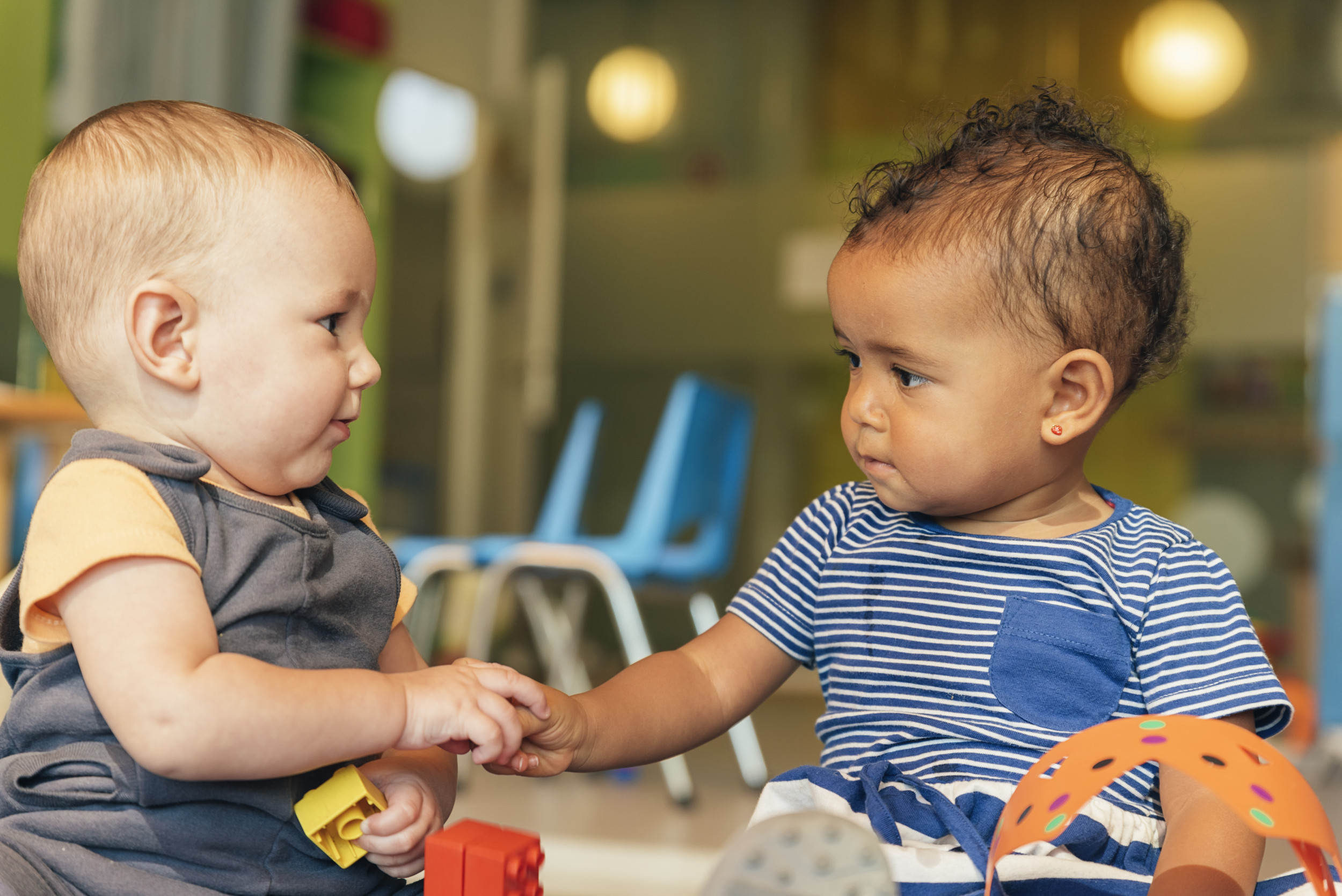When we think of education, our minds often conjure up images of tests, multiplication tables and thick textbooks. But science has increasingly shown that these rigid educational practices might not be the best way to enrich our children’s brains.
In her book The Brain That Loves to Play, child development expert Jacqueline Harding draws on the latest research in neuroscience and childhood development to challenge this traditional view of education and highlight the importance of play for the growing brain.
“It’s tempting to think that formal education is the main driver when it comes to achievement in later life, but that is simply not true,” Harding told Newsweek. “Each thought and every action create a new connection in the brain.”
During early childhood, our brain is at its most receptive to forming these new connections. “Through play in childhood, we have learnt how to respond to the world, the environment and others. We have unknowingly prepared ourselves for our futures,” Harding said.
Different types of play stimulate different parts of the brain. For example, toys like Lego can help with spatial reasoning skills, while imaginary games can help with social skills and processing emotions.
“It is well established that imaginary play and creative pursuits offer up exciting biological and neurological benefits for children and adults,” Harding said. “One of the most striking [new] discoveries is the power of imagination to turn genes on or off inside the nerve cells which produce proteins that can subsequently change the very architecture of the brain. In essence, imagination is speaking to the brain in its language.”
The brain circuits involved in imagination and perception overlap, so by simply imagining a conversation with a friend, your brain is practicing the pathways needed to light up during those social interactions.
“If that is repeated regularly, a new pathway in the brain is formed which then becomes the chosen route,” Harding said. “Neurons that fire together wire together.”
This doesn’t apply to just children. Numerous studies have found that by simply imagining you’re working out, your muscle strength can increase.
Play also appears to play an important role in the development of the prefrontal cortex, the brain’s “executive control hub.” Harding pointed out that “this part of the brain is essential for regulating emotions, planning, problem-solving—not only for academic life but for navigating our way more easily through life’s later challenges in general.”
If children are diverted from their natural instinct to play, they could miss out on these vital learning experiences, throwing into question our entrenched dichotomy of work and play.
“It seems that the young child’s body and brain are literally designed to be playful, and this is crucial for its development,” Harding said. “Children are naturally wired to play, and any sustained deviation from this masterful design comes at a price.
“There is no doubt, according to all the latest research, that the brain loves to play, and it is time that as adults we got on board with this notion too,” she said.

